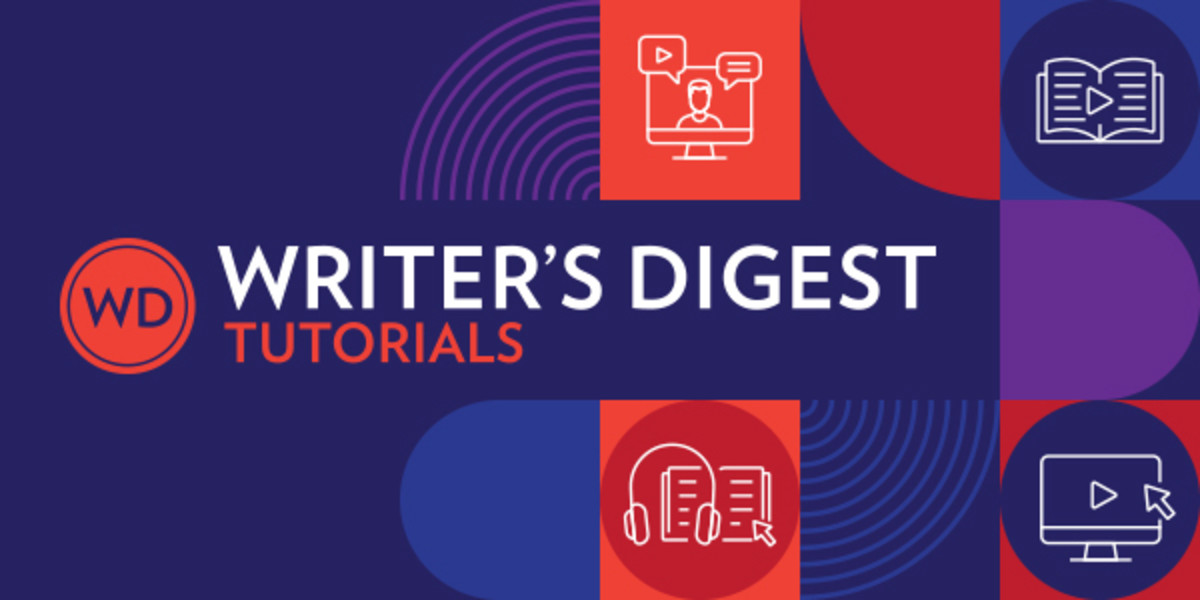5 Ways to Hook Readers With Poems
Poems are such versatile things. They can be as concise as a well-written line but also long enough to fill an entire book. Poems rhyme except when they don’t, and they follow rules except when they won’t. Poetry is beautifully chaotic.
As such, some may think it’s a fool’s errand to try to pin down ways to hook readers with poems. While I agree that poetry doesn’t easily conform to a formula (even with poetic forms), I also believe there are a few obvious and maybe less obvious places poets can “hook their readers.” There are surely many more, but here are five to get you started.
The Title
The title of a poem can serve many purposes, and for some poems, it is the first opportunity to hook a reader. For instance, these titles hooked me before I read the first line of each poem:
- “My Mother Dreams Another Country” by Natasha Trethewey
- “Us, Like a Bad Mix Tape” by Jillian Weise
- “Despite My Efforts Even My Prayers Have Turned into Threats” by Kaveh Akbar
- “Don’t ride the mechanical bull” by Megan Volpert
Of course, a poem with a strong title still has to deliver an equally strong poem, but it could also be what draws a reader’s eye when scrolling through the table of contents of a collection or anthology.
First Line(s)
This may be the most obvious place poets think to hook their readers, and it’s true that a strong first line or stanza can get someone to read the entire poem. The opening of Allen Ginsberg’s “Howl” and Emily Dickinson’s “Because I could not stop for Death” sucked me in from the first line, and like a catchy song lyric, they continue to roll around in my head at the most random (and maybe not-so-random) of times. As with a strong title, an incredible opening has to be supported by the rest of the poem, or there won’t be a reason to return to it. Consider your own favorite opening lines and think about what makes them so appealing to you.

Compelling Image
Many poems have hooked me over the years with a compelling image often juxtaposed with an interesting title. For instance, Donald Hall’s “Adultery at forty” is a three-liner focused on a drop of water. Patricia Fargnoli’s “The Undeniable Pressure of Existence” follows the image of a fox running through a developed area. In both examples, the poem only needed one compelling image, though it’s definitely possible to pack in more than one—as in T. S. Eliot’s “The Love Song of J. Alfred Prufrock.” Ending a poem on a strong image can provoke readers to jump back to the beginning to figure out how they got there.
Strong Sounds
When I talk music with some people, they’re focused almost primarily on the meanings of song lyrics. Other folks focus on the sounds and really don’t know what the song is about—some even make up song lyrics that don’t actually exist. While I don’t think those extremes exist in poetry, there is a reason so many poetic forms use end rhymes and internal rhyme schemes. Sounds can definitely hook readers and meaning can bring them back for more. (Check out the September/October 2023 issue of Writer’s Digest for more on playing with poetic sound.)
Interesting Structure
Poetry is one of the few literary forms that can hook a reader with how it is presented on the page. Some poems are visually interesting before a single word is read because of how the lines and stanzas break, especially if they employ varying line lengths, indentations, and other structural experimentation. Such is the case with poems like Ocean Vuong’s “Aubade with Burning City” and Bob Hicok’s “A poem with a poem in its belly.”

